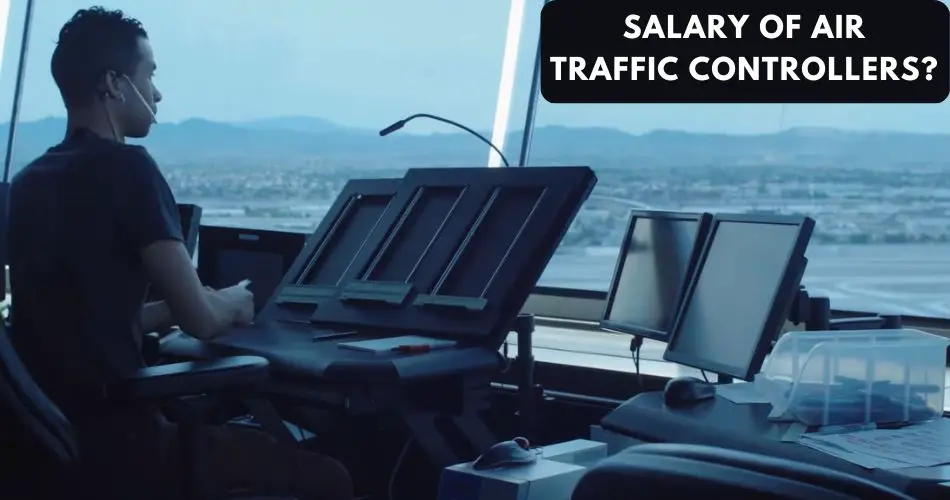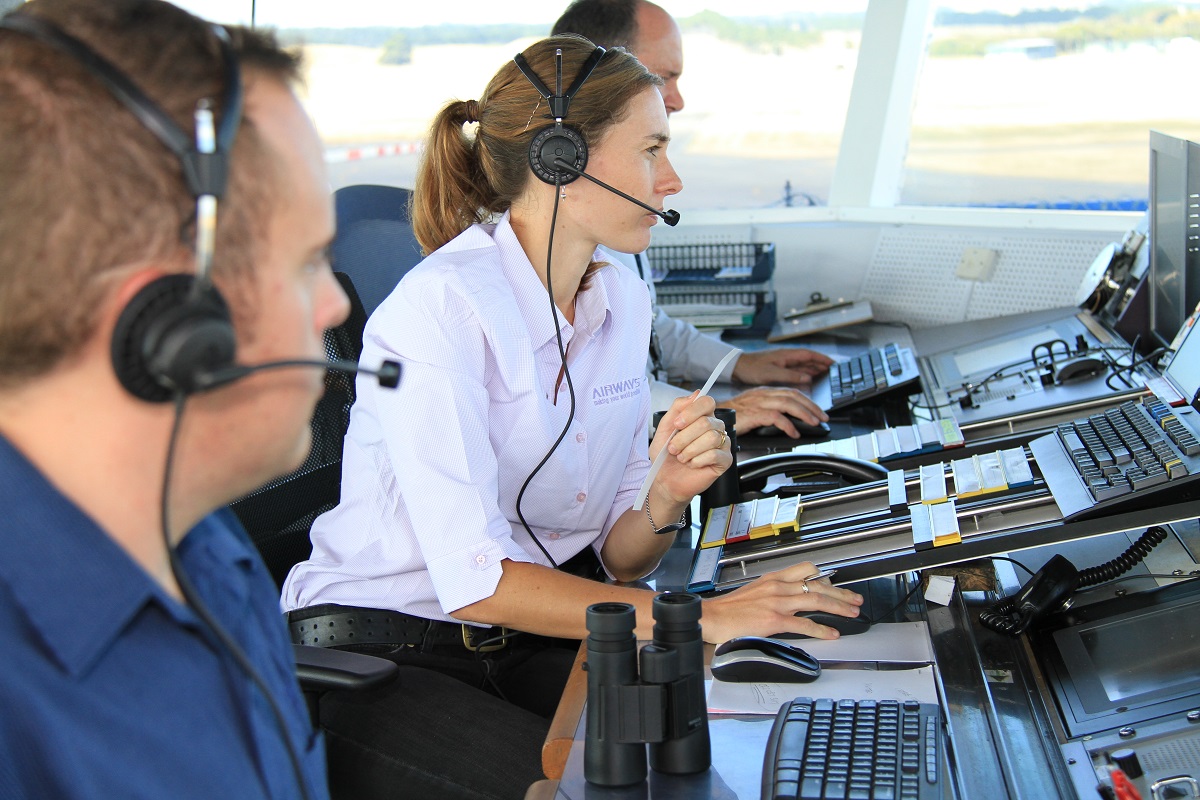
excellent levels of concentration, not easily distractedĪir traffic control if necessary 365 days a year, 24 hours a day, so some unsociable working hours are unavoidable.ĪTCOs usually work shifts, typically on two day rotations of Early (07.00-14.00), Late (14.00-22.00) and Night (22.00-0700) shifts, followed by four days off.ability to make rapid calculations and judgements, including distances and angles.decisiveness and confident decision-making skills.ability to remain calm in high stress/emergency situations.SkillsĪTCOs have a position of great responsibility and often need to work under pressure. There are no particular barriers for women wanting to join the industry, but it remains a male-dominated field.

There are no other specific entry requirements but it may be worth noting that currently 75% of ATCOs are male. a high level of general health and fitness.a clear speaking voice and excellent verbal communication skills.

good eyesight and normal colour vision (no colour blindness).Minimum of 2 A-Levels, 3 Highers or 1 GNVQ studied to examination level.Īir traffic control, while not an especially active career, is a physically demanding area to work in.ĪTCOs work long hours and must ensure accuracy and clear communication.Minimum of 5 GCSEs at grades A-C (including English Language and Mathematics).The entry requirements for applicants are: Science and mathematics would be advantageous, however, as these subjects require numeracy, spatial awareness and technical knowledge – key requirements for air traffic control.Ī degree is not a prerequisite for the job, as all candidates are required to undergo a rigorous selection procedure and training scheme. There are no specific subject requirements for graduates wishing to pursue a career as an ATCO. monitors aircraft during landing and take-offsĪt the largest airports, the role of Aerodrome Controller may be further subdivided into Air Controllers, who monitor the aircraft during landing, and Ground Movement Controllers, who guide the aircraft through the airport to the terminals once it is grounded.instructs aircraft to take-off or land safely.give the pilot clearance to approach the airport.sequence the most efficient order for aircraft to take off or land.take over pilot contact from the Area Controller once the aircraft is within range of the airport.The role of the Approach Controller is to: relaying information relating to weather conditions and other factors that might influence the aircraft.communicating with the pilot and issuing instructions regarding position, height and speed.regulating the flow of air traffic and ensuring aircraft keep a safe distance from each other, according to internationally-agreed standards.ATCOs have the potential to earn up to £80,000, inclusive of shift pay and the London weighting.Salaries vary depending on the unit you work for. Following validation (see above), and appointment as a fully qualified ATCO, salaries are typically in the region of £46,000.Once training has been completed, expect a salary of £15,000 – £19,000.During the training period, trainees receive remuneration of £10,000 per annum.

Other ATCO roles include Approach Controller, dealing with aircraft movement into and out of the airport and Aerodrome Controller, guiding aircraft through landing and to the terminal, including safe landing, take-off and taxi.

The most common role is as an Area Controller with responsibility for regulating air traffic along major routes. Most ATCOs work at Area Control Centres (ACCs) of which there are four in the UK, at West Drayton, Prestwick, Swanwick and Manchester. With escalating volumes of air traffic (5% more every year), maximising efficient use of controlled airspace has in recent years become an increasingly important aspect of air traffic control.ĪTCOs communicate with pilots and instruct them to maintain or alter their height, speed and course, using visual contact, radar, radio and a suite of other communication technologies. Over 5000 aircraft pass through UK airspace on a daily basis, and it’s the job of ATCOs to maintain their safety and correct position, and manage the flow of aircraft along major air routes. Air Traffic Controllers (often shortened to ATCOs) ensure the safe and orderly movement of air traffic in our skies.


 0 kommentar(er)
0 kommentar(er)
